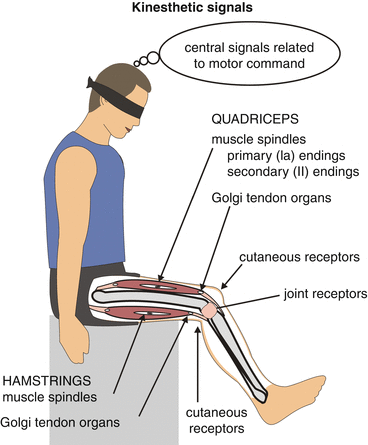
Authors in this movement of cognitive science are proposing to revisit the Cartesian dualism that argues a separation between the body and the mind or the object and the knowing subject. This demonstrated how the matter in the brain can process data. The concept, as we now know, was inspired by the 1943 article by Warren McCulloch and Walter Pitt “A logical calculus of the ideas immanent in nervous activity” that describes how a mathematical model of a neuron network could perform logical calculus (McCulloch 2016). Affect is interesting to frame kinesthetic empathy because to be “affected” implies a direct impact on the body through the body not yet in the conscious mind.įurthermore, the context in which kinesthetic empathy is defined includes embodied cognition, a concept pioneered by Francisco Varela and Umberto Maturana. It is an “interface between the body and the world” (Reynolds 2012), a way to capture intensities in becoming conscious. For philosopher Brian Massumi, affect precedes emotional state and does not represent feeling affect is a non-conscious experience that cannot be fully realized in language (Massumi 2002). Affects are defined as visceral and pre-subjective intensities of the body, and represent a departure from emotions, in that the latter are (conventionally) construed as conscious, subjective and present in the mind. The first of these contextual frames is the affective turn of the 1990s and early 2000s. These contextual elements have in common a desire to move away from the Cartesian mind-body dualism. In their introduction to the edited volume Kinesthetic Empathy in creative and cultural practices, Dee Reynolds and Matthew Reason identify three contextual elements from philosophy, cognitive science and neuroscience to frame the emergence of kinesthetic empathy as a concept. Kinesthetic Empathy in C visceral and pre-subjective context The two interactive dance pieces are Unless created by Brian Knoth in 2009 and the Altérité Numérique that I created with contemporary dancer Myriam Arseneault in 2019. Finally, I use two examples to demonstrate how kinesthetic empathy can be mobilized in research-creation. I then shift the discussion to focus on the concept of embodied knowledge and show how kinesthetic empathy can be used in multidisciplinary research contexts. To do so, I begin by giving a brief overview of three concepts essential to understanding the context of kinesthetic empathy: affect, embodied cognition, and mirror neurons. Additionally, I argue that the concept can be mobilized in multidisciplinary research and is particularly interesting for artist-researchers. In this short essay, I describe how kinesthetic empathy represents a form of perception inherently multisensory that emerged out of a specific philosophical and scientific context. However, contemporary ideas in philosophy and neuroscience give us new insight about the inner working of our perception of moving bodies and their effect on observers.

Additionally, the first dance major in the US was created as early as 1926 (Bonbright 2000). The recognition of the moving body as a form of art is not new indeed, the first silent films in the late 19 th century relied essentially on body language.


Why do we, as spectators, feel so compelled to watch bodies in motion, whether in film, dance or theatre? How is it that a dancer moving in silence can make us feel sadness or that watching swing dancers or shuffling ravers can instantly light up the mood? What makes British physical comedy sketches like Monty Pythons’ “Ministry of Silly Walks” so funny? A big part of the answer lies in a perceptual phenomenon known as kinest h etic empathy which Dee Reynolds and Matthew Reason describe as “the ability to experience empathy merely by observing the movements of another human being” (Reynolds 2012).

Through motion capture, interactive sound, visual and haptic components, his research looks at how a dance performer can collaborate and improvise in real time with and autonomous machine. His research-creation practice focuses on the emerging relations between the moving body and computational behaviour. program at Concordia University, Montreal. Marc-André Cossette is a third-year student in the Individualized Ph.D.


 0 kommentar(er)
0 kommentar(er)
